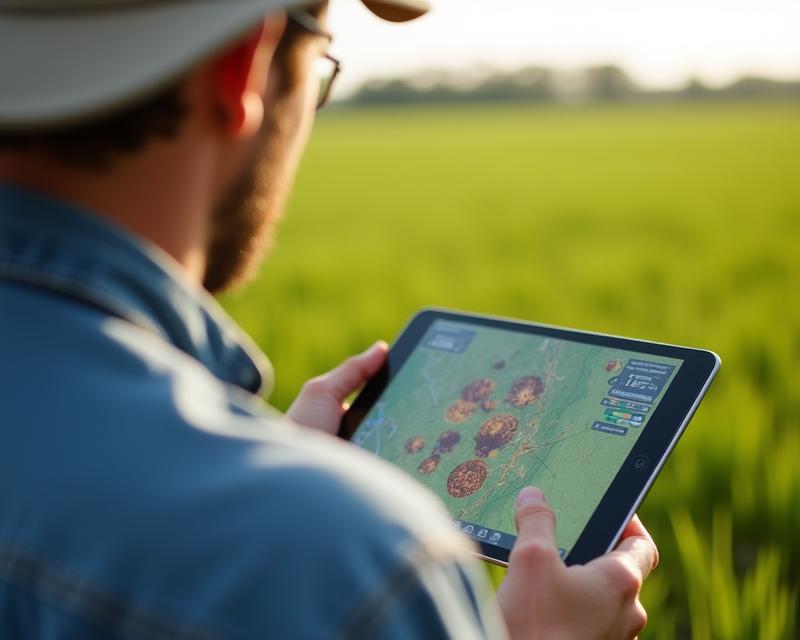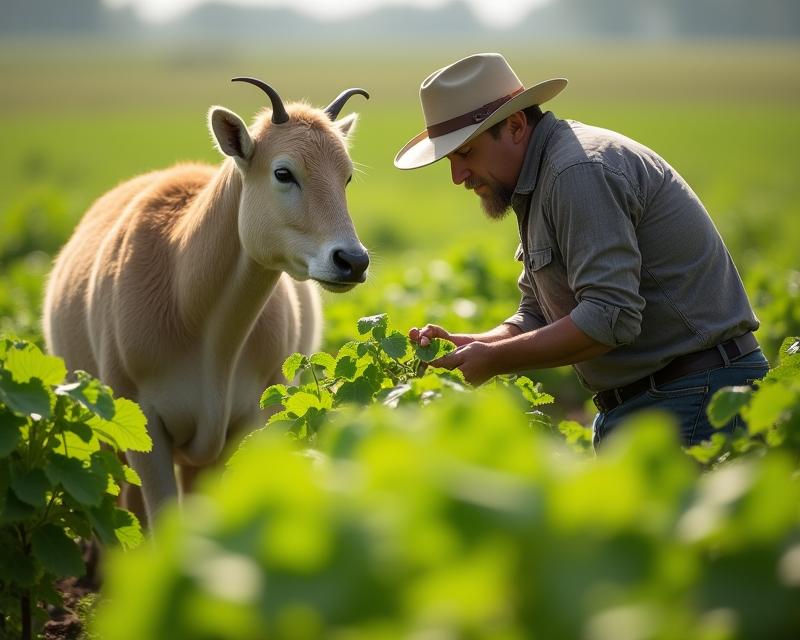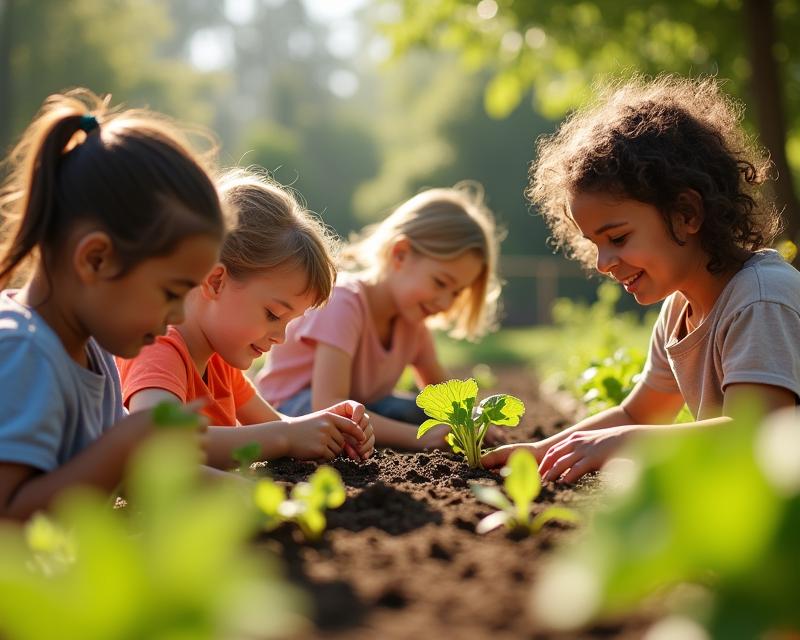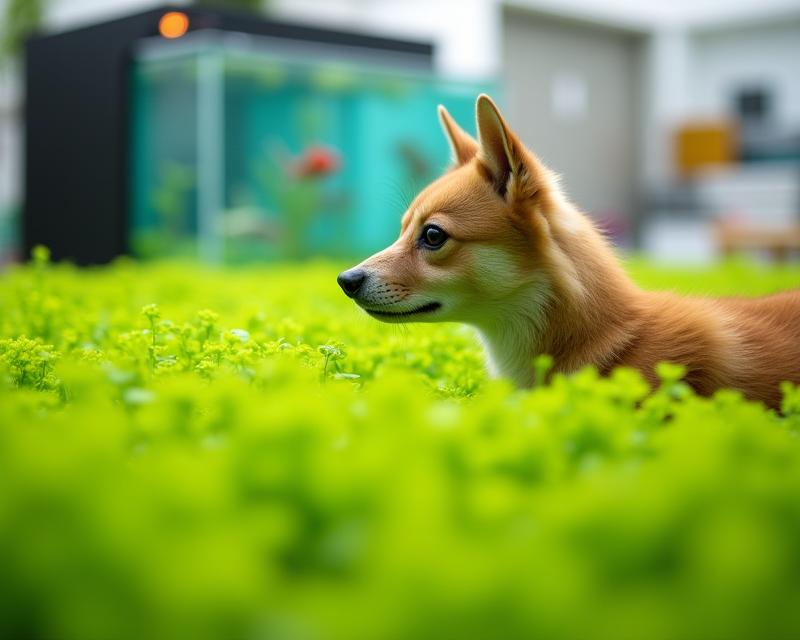The Three Sisters: An Ancient Farming Wisdom
Publish in Sustainable Farming el 22/07/2025 16:24
The Three Sisters: An Ancient Farming Wisdom
For centuries, Indigenous peoples of North America cultivated a remarkably efficient and sustainable farming system known as the "Three Sisters." This method, involving corn, beans, and squash planted together, wasn't just a way to grow food; it was a deeply integrated approach to agriculture that reflected a profound understanding of ecological relationships. It’s a practice that offers valuable lessons for modern farmers and gardeners looking to build healthier, more resilient systems.
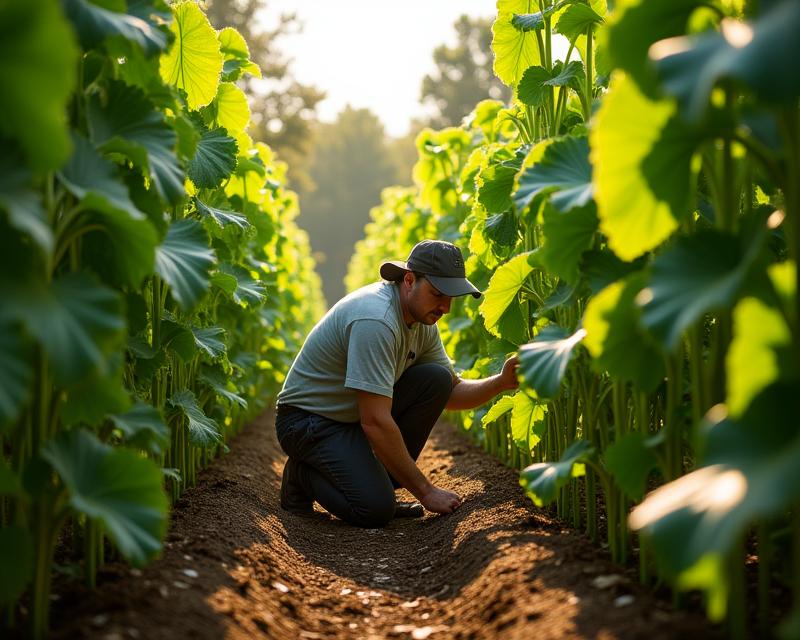
The Core of the System
The "Three Sisters" – corn, beans, and squash – have a symbiotic relationship that benefits each plant. Corn provides a natural trellis for the beans to climb, saving them from sprawling on the ground. Beans, in turn, fix nitrogen in the soil, enriching it for the corn and squash. And the large leaves of squash act as a living mulch, suppressing weeds, retaining soil moisture, and protecting the soil from erosion. This natural synergy reduces the need for external inputs like fertilizers and herbicides, making it a truly sustainable practice.
How it Works in Practice
Traditionally, farmers would plant corn first. Once the corn stalks reach a certain height, bean seeds are sown at the base of the corn. As the corn grows, the beans climb up the stalks, reaching for sunlight. Squash seeds are then scattered around the base of the corn and beans, allowing their vines to spread and cover the ground. This creates a miniature ecosystem where each plant thrives, supported by the others. Different Indigenous cultures had variations on the system, adapting it to their specific environments and needs. Some would plant a variety of beans, while others would incorporate other plants like sunflowers.
Benefits for Modern Farmers
The principles of the Three Sisters are highly relevant today. Implementing this system can lead to several benefits: improved soil health, reduced water usage, decreased reliance on synthetic fertilizers and pesticides, and increased biodiversity. It’s a fantastic way to create a more resilient farm ecosystem. Furthermore, it's a beautiful and aesthetically pleasing way to organize a garden or field. Learning about and incorporating the Three Sisters is a way to connect with the history of agriculture and build a more sustainable future for our food systems. It's a powerful reminder that nature often holds the best solutions to our challenges.

